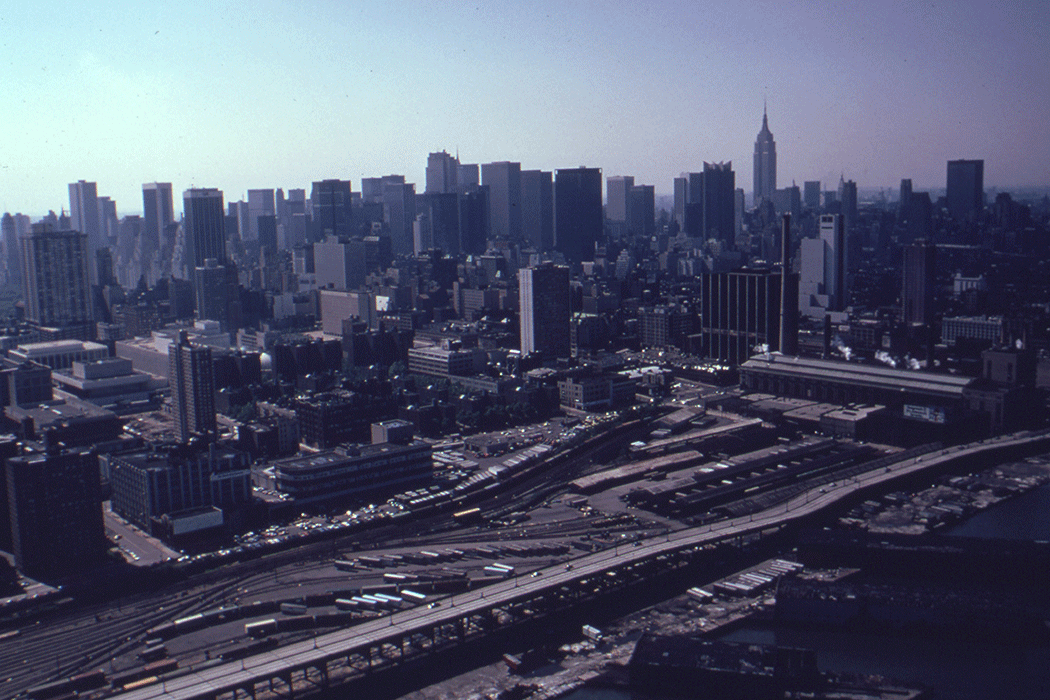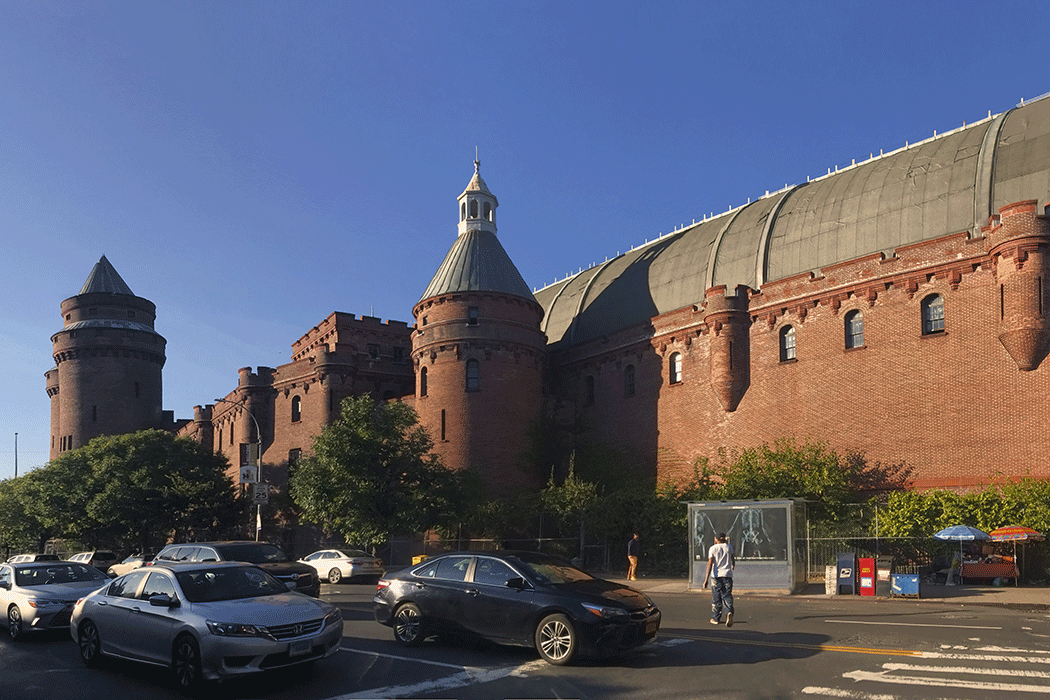Amazon’s HQ2 isn’t the first major New York City development project to hit a dead end, and it likely won’t be the last.
Some projects that faced similar public outcry and ultimately went through, such as the Atlantic Yards development (since renamed Pacific Park) in Brooklyn. Others – like the Second Avenue subway – were on the drawing board for years before getting built (partly).
In fact, some major New York City proposals already in the works – the Gateway rail tunnel, the Brooklyn-Queens Connector, building affordable housing atop Sunnyside Yard – could ultimately join the ill-fated HQ2 on the city’s economic development scrapheap.
Here are some of the biggest projects that have been scuttled over the years – and how they compare to the Amazon’s surprise pullout.
Lower Manhattan Expressway

Years: 1946-1969
Champion: Robert Moses, multi-titled New York planning power broker
What it would have done: A 10-lane highway could have ripped through SoHo, Little Italy and the Lower East Side, letting drivers cross Manhattan from the Holland Tunnel to the Williamsburg or Manhattan bridges without ever touching the surface streets.
How it died: The project, known as LOMEX, sparked opposition from advocates including Jane Jacobs, who chaired the Stop the Lower Manhattan Expressway Committee. The city’s Board of Estimate blocked the proposal in 1962, revived the plan in 1964, and abandoned it entirely in 1969.
Westway

Years: 1973-1985
Champion: U.S. Sen. Daniel Patrick Moynihan
What it would have done: A six-lane highway between West 42nd Street and the Battery was proposed to replace the West Side Highway – parts of which were beginning to crumble in the late 1960s. The $2.3 billion project would have included a covered highway, with housing, commercial development and public spaces on top of it.
How it died: Environmental activists concerned about auto emissions and the striped bass population underneath the proposed project launched an aggressive anti-Westway campaign that ultimately caught the attention of the courts, which blocked the project, citing the Clean Water Act.
West Side Stadium
Year: 2005
Champion: New York City Mayor Michael Bloomberg
What it would have done: A $2 billion proposed stadium on the West Side of Manhattan was the centerpiece of New York City’s bid to host the 2012 Olympics, and would have been the new home of the New York Jets.
How it died: The mayor battled the New York City Council over who controlled taxpayer funds. Assembly Speaker Sheldon Silver blocked the project through the Public Authorities Control Board, which rejected it a month before the city lost its 2012 Olympics bid. Now, the Hudson Yards megaproject is being built on the site.
Kingsbridge Armory

Years: 2008-present
Champion: New York City Mayor Michael Bloomberg
What it would have done: The 2008 plan by Related Cos. would have turned the vast structure into a shopping mall with a department store, movie theater and restaurants.
How it died: Bronx Borough President Ruben Diaz Jr. teamed up with local activists to block the plan, which the New York City Council killed in 2009. Since then, a plan to convert the armory instead into an ice skating complex has been inching along.
New York Wheel
Years: 2012-2018
Champion: New York City Councilwoman Debi Rose, Staten Island Community Board 1
What it would have done: The project would have created a massive Ferris wheel on Staten Island offering views of Manhattan, Ellis Island and the Statue of Liberty. It had been sold on the promise of becoming one of New York City’s biggest new tourist attractions that would bring new economic development to Staten Island’s North Shore.
How it died: The plan languished for years thanks to multiplelawsuits and ever-increasing prices, estimated to be around $1 billion when it was totally scrapped in 2018 after construction stalled in 2017. New York City Mayor Bill de Blasio called the plan economically unviable and refused to give the developers tax-exempt bonds to help finance the project.
Queens Convention Center
Year: 2012
Champion: Gov. Andrew Cuomo
What it would have done: The governor announced in early 2012 to build the country’s largest convention center at the Aqueduct Racetrack in Queens, replacing Manhattan’s Javits Center and opening up space there to expand Penn Station.
How it died: Expertsquestioned building such a facility outside of Manhattan, and the proposed partnership with Malaysian gambling giant Genting Group to build it also raised questions amid the governor’s push to legalize full-fledged casinos. Cuomo nixed the convention center proposal in June 2012.
Amazon’s HQ2
Years: 2018-2019
Champions: Gov. Andrew Cuomo and New York City Mayor Bill de Blasio
What it would have done: Amazon planned to open a second headquarters in Long Island City, Queens, and promised to create 25,000 jobs while generating a projected $27.5 billion in tax revenue.
How it died: Critics complained about $3 billion in subsidies that the company was offered, plus a maneuver to cut the New York City Council out of the land use process. Shortly after state Sen. Michael Gianaris, a local lawmaker who opposed the deal, was nominated to a key state board that could have vetoed the plan, Amazon abruptly pulled out.


